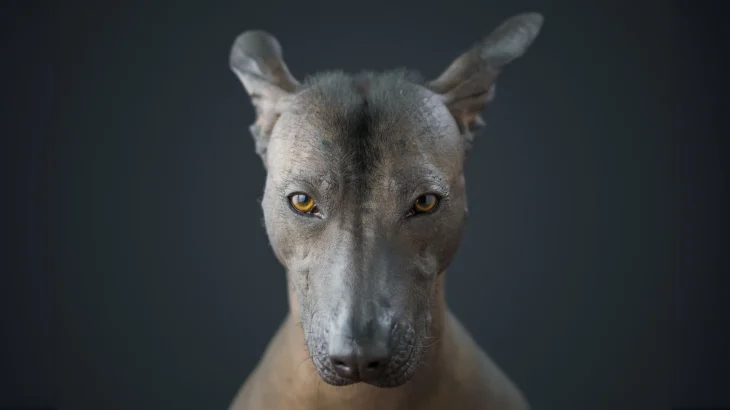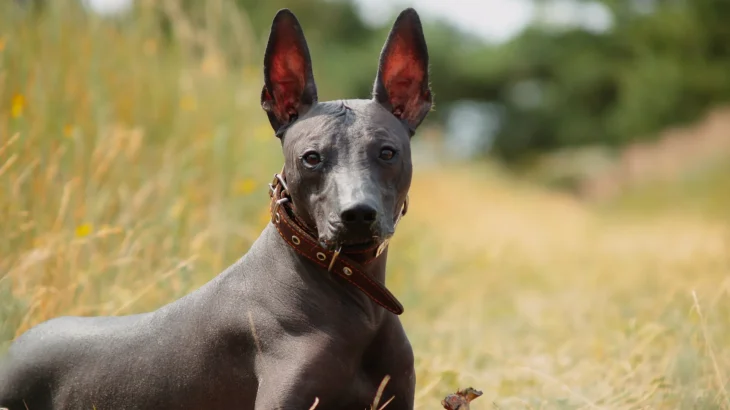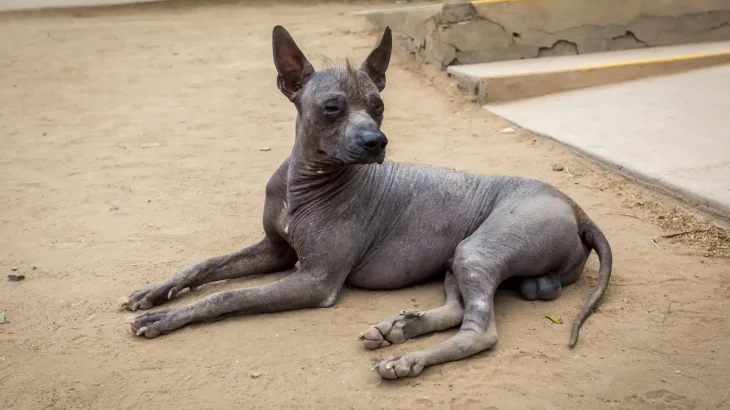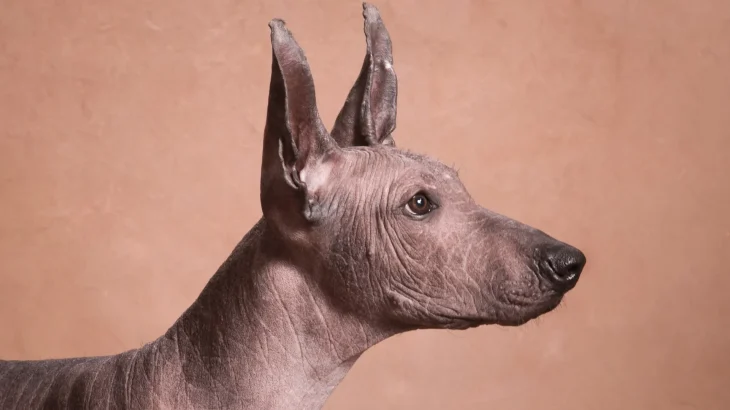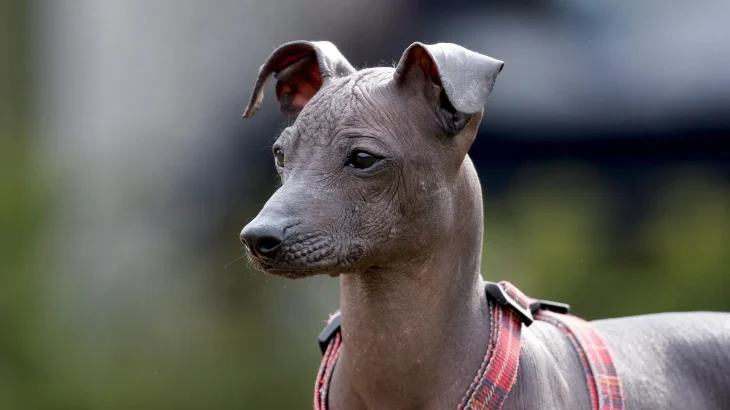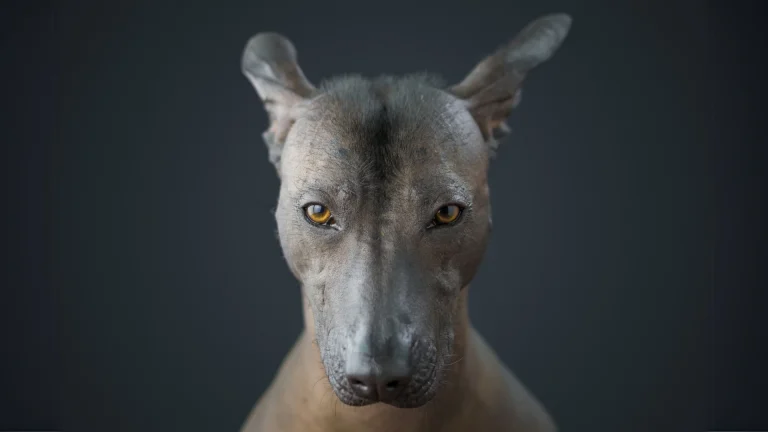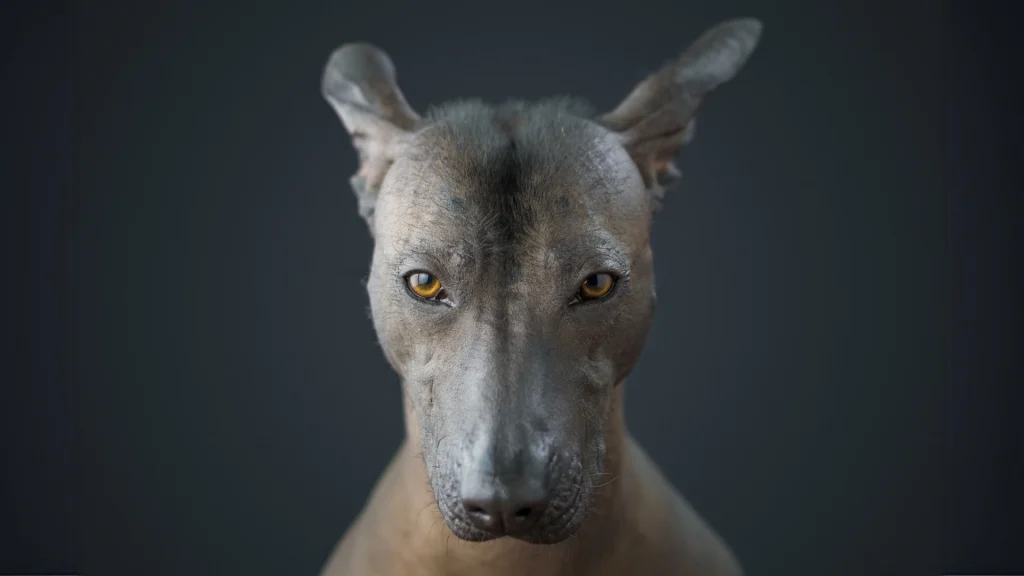When deciding how to welcome a Hairless Khala dog into your life, choosing between adoption and purchasing from a breeder hinges on factors like cost, health guarantees, and ethical considerations. Each option offers unique advantages, depending on what matters most to you in acquiring a puppy.
Adoption vs. Breeder: Pros & Cons
| Criteria | Buying from Breeder | Adopting from Shelter/Rescue |
|---|---|---|
| Cost | Generally higher, reflecting breed rarity and lineage verification. | Lower adoption fees, making this option more budget-friendly. |
| Health History | Offers complete health screenings and genetic history from the breeder. | Health details may be limited, though basic vet checks are typically done. |
| Age Availability | Primarily puppies, enabling early bonding and training. | Variety of ages; older dogs may already be trained and socialized. |
| Temperament Insight | Breeders provide temperament info based on lineage and early observations. | Adoption staff can share behavioral observations, but background may remain unclear. |
| Ethical Considerations | Supports responsible breeding if breeder is reputable; important to avoid puppy mills. | Helps reduce shelter populations and gives a dog a second chance. |
| Breed Purity & Pedigree | Typically guaranteed, with documentation provided. | May not be purebred; pedigree often unavailable. |

